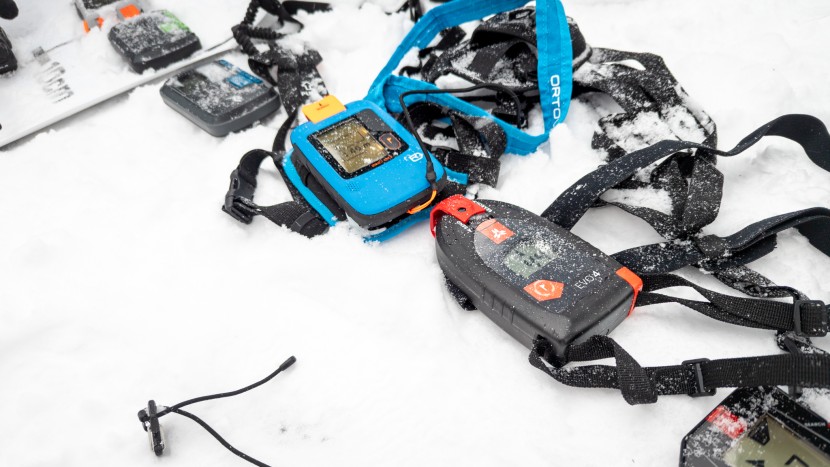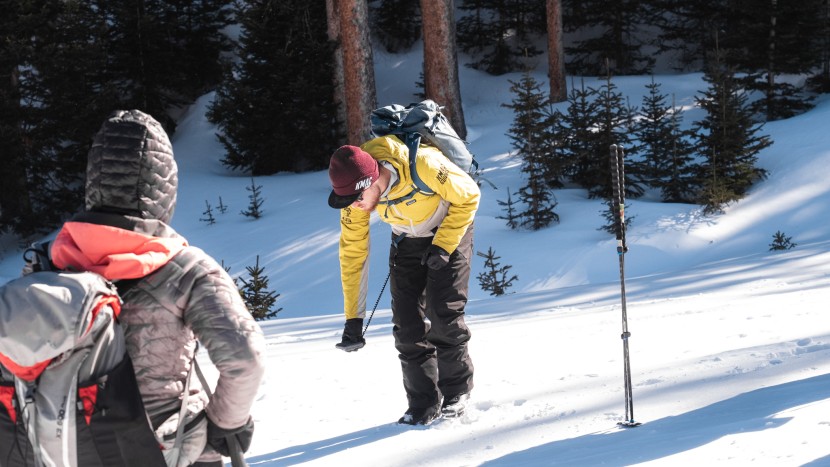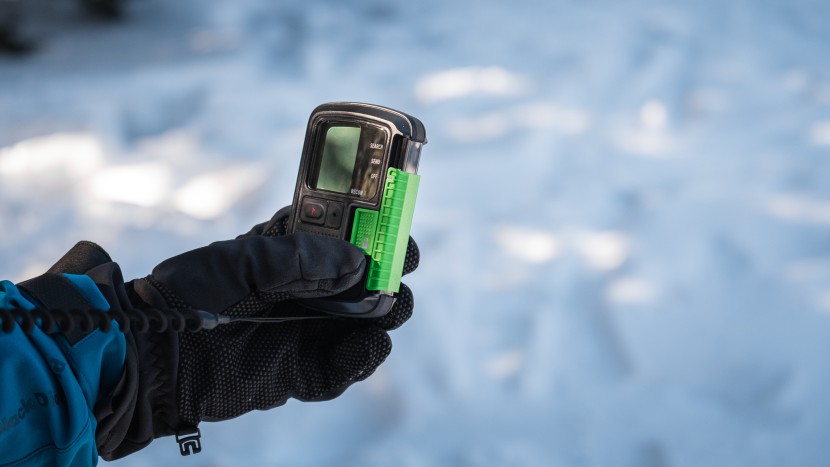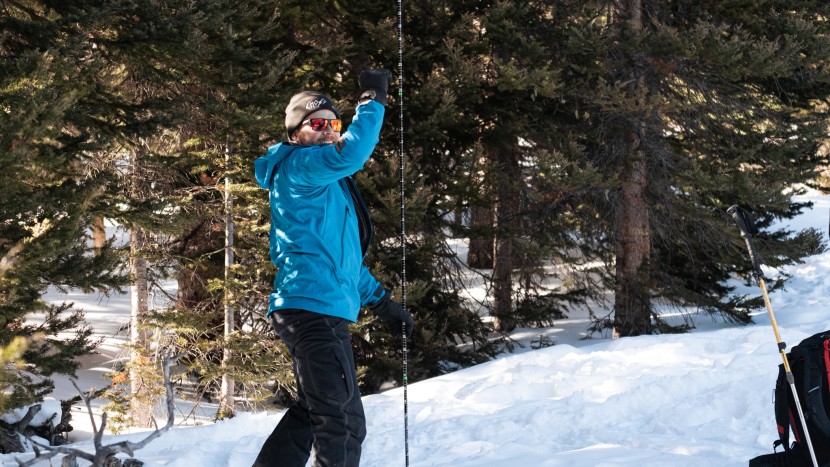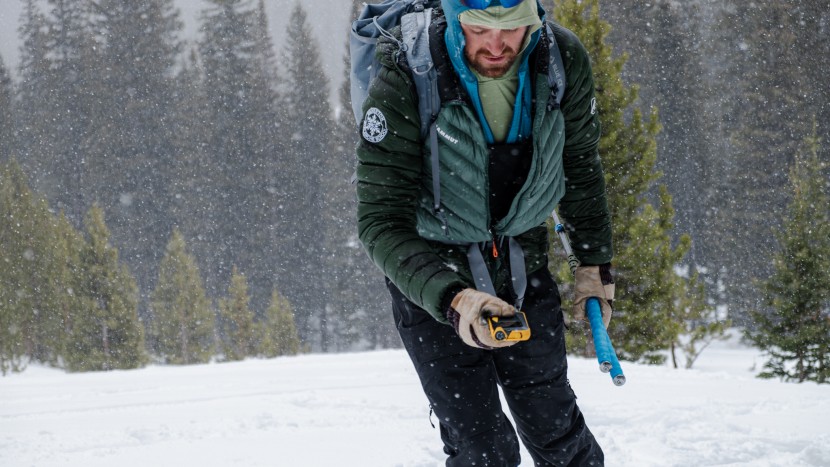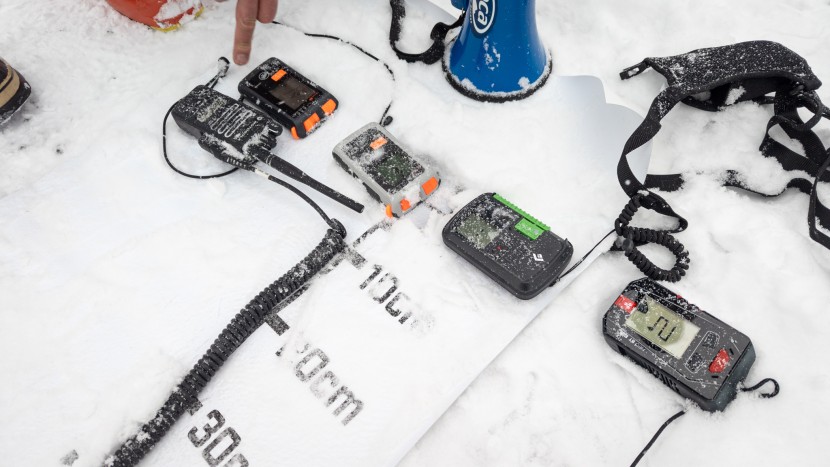For our comparative review, we put each of these beacons in the hands of avalanche professionals and more novice users – often during entry-level avalanche courses our team was instructing. This provided us with more of a well-rounded feel for each model's performance. As practitioners, we understand what features make an avalanche beacon worthwhile. As observers, we noticed nuanced differences in practice, which helped us to better determine which beacon is best suited to what experience level.
We directly compared the speed of single burial rescues, the accuracy during each stage of the beacon search – signal acquisition, course search, and fine search phases – and their range. We closely examined each model's interface and features and judged their relative ease of use in the hands of beginners and seasoned professionals. We also tested each model with complex, multiple burial scenarios to assess how well special functions make a difference in their overall performance.
Speed
For our speed tests, we considered how quickly a beacon's processor relays distance and direction readings in both the coarse and fine search phases. We focused primarily on speed within single burial scenarios – as these make up the majority of avalanche incidents involving a burial – but we also took into account how well the beacon performed under the strain of multiple signals.
Interface
First, we examined these beacons without opening the user manual to see if we could figure them out – this helped us assess the intuitive design of each model. Then, we took a deep dive into the user manual to ensure a comprehensive understanding of each beacon. We used every beacon during practice scenarios with gloved hands to make sure they were easily operable in real-world settings. We also considered their full suite of features, whether or not they add to the overall ease of use, and for which level of users they most likely benefit.
Accuracy
Accuracy is a culmination of a few key metrics. We considered how well a beacon locked into an initial signal at the maximum extent of its range, how accurately it led us toward a target during a coarse search, and how close the beacon brought us in a fine search to a target buried one meter deep. In the coarse search phase, we paid attention to the direction arrows and distance readings – we want arrows that are easy to follow and distances that don't jump around. For the fine search phase, we only allowed for one full bracket and noted how many times we had to probe before a positive strike.
Multiple Burials
Just as we did for single-burial scenarios, we put each beacon in the hands of novices and seasoned professionals to see how they fared in multiple burial scenarios. We conducted tests using three and four targets – buried up to one meter deep – with at least one pair buried in close proximity, which we define as less than five meters apart. These tests essentially mirror the examination standards for professional-level rescue tests as defined by the American Avalanche Association (A3), the American Mountain Guides Association (AMGA), and the Association of Canadian Mountain Guides (ACMG).
Range
For a range test, we wanted to get an idea of what distance a beacon would pick up a signal in a real-world rescue. For their marketing claims, manufacturers stated range tests are conducted with beacons in “ideal coupling” – the antennas of both beacons are aligned to ensure the most accurate overlap of their flux lines. But this isn't realistic for most beacon searches. For our tests, we recorded the distances that a beacon first picked up the signal from a buried target and then averaged those results across our tests. Our measurements offer a better idea of what a realistic range is for each beacon in our review.


